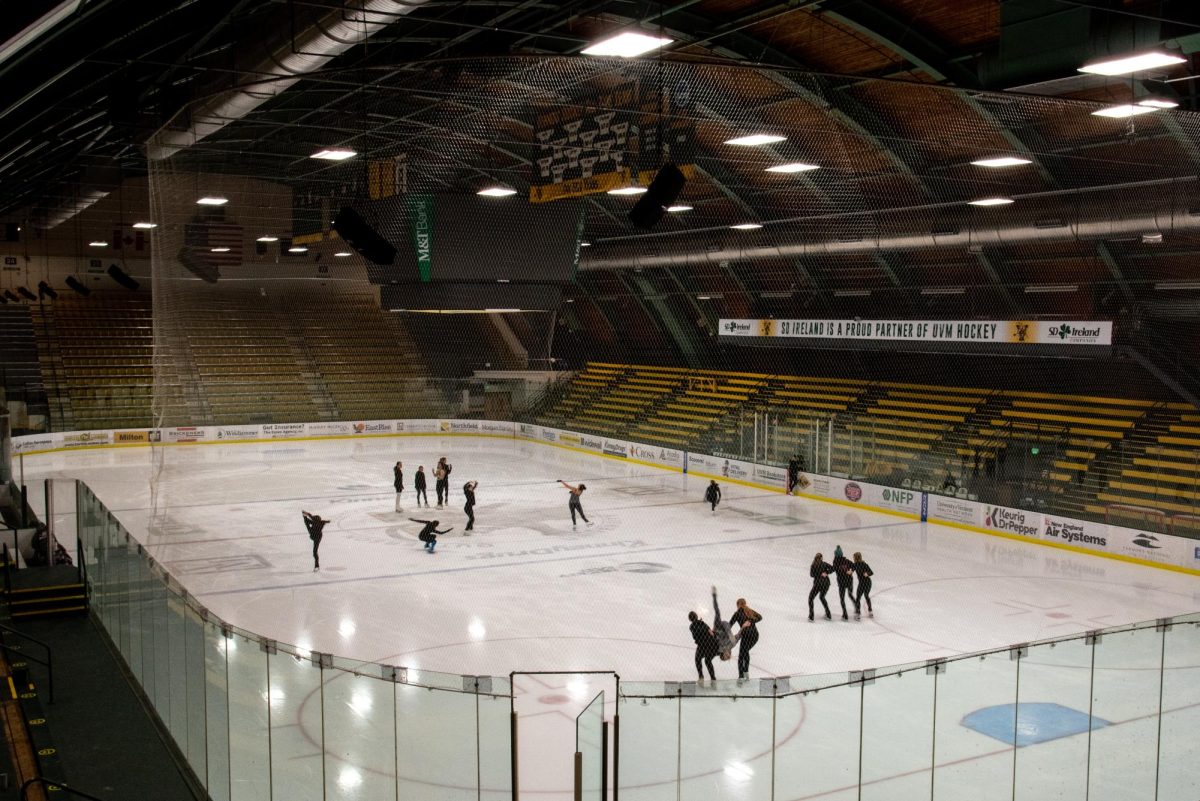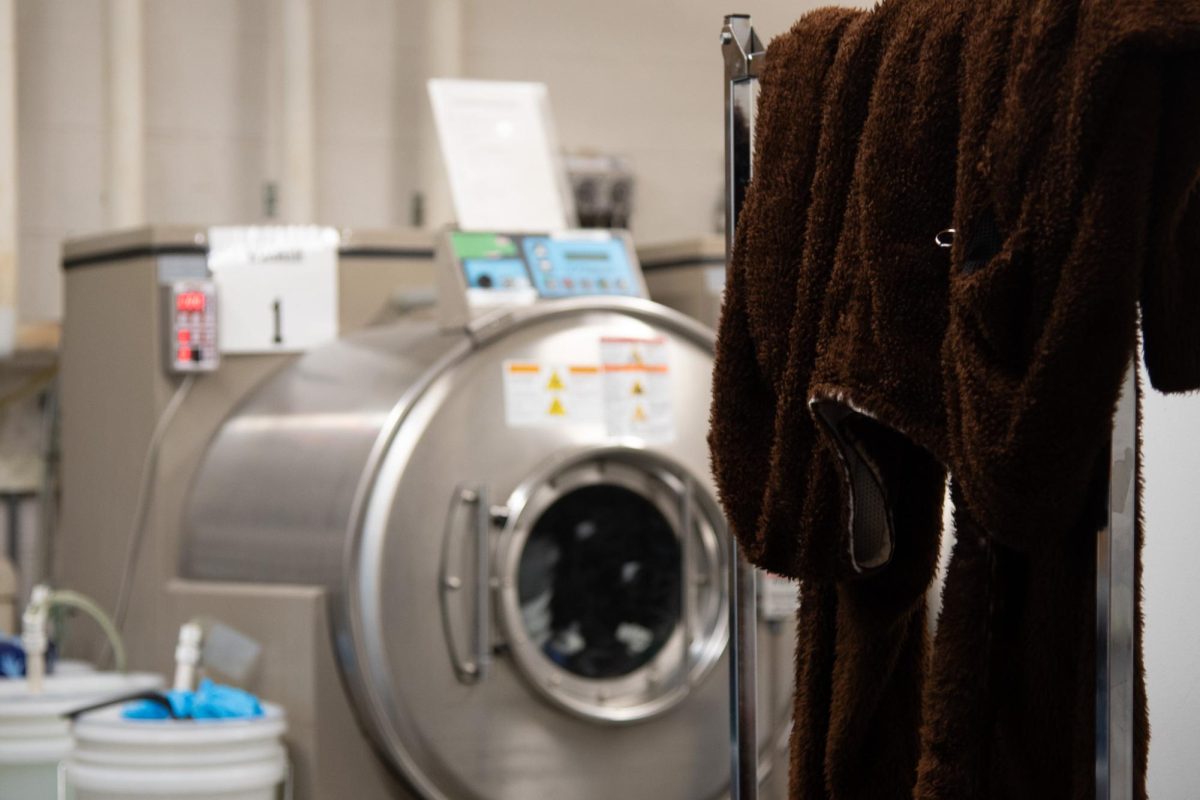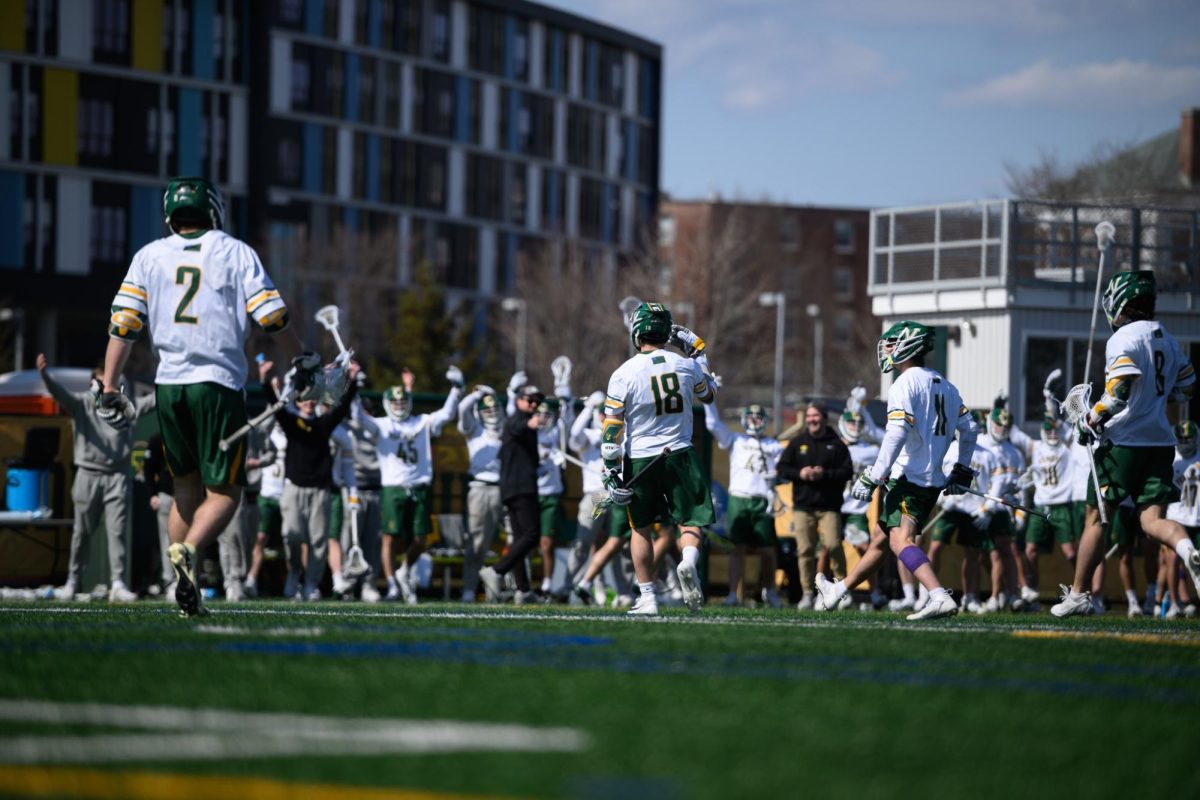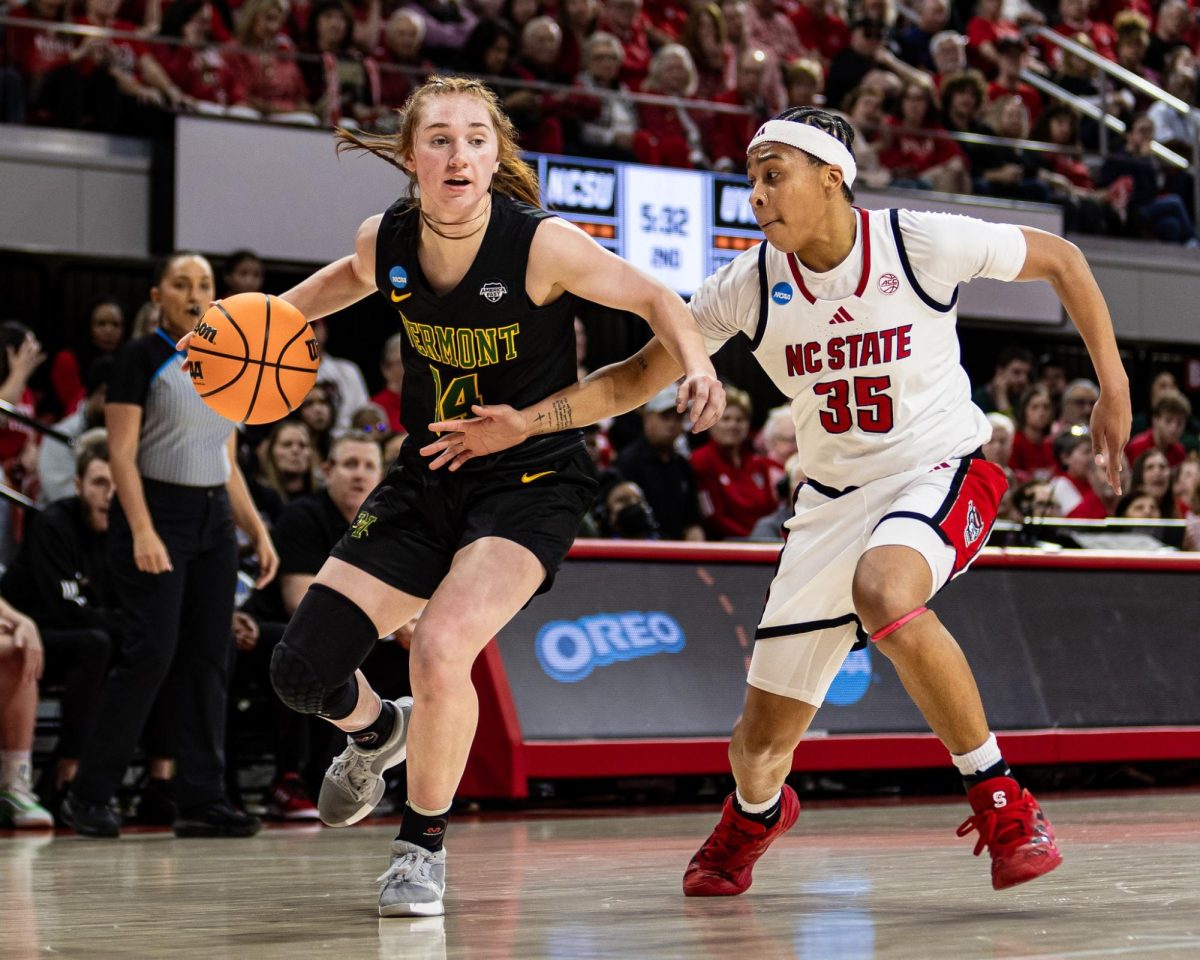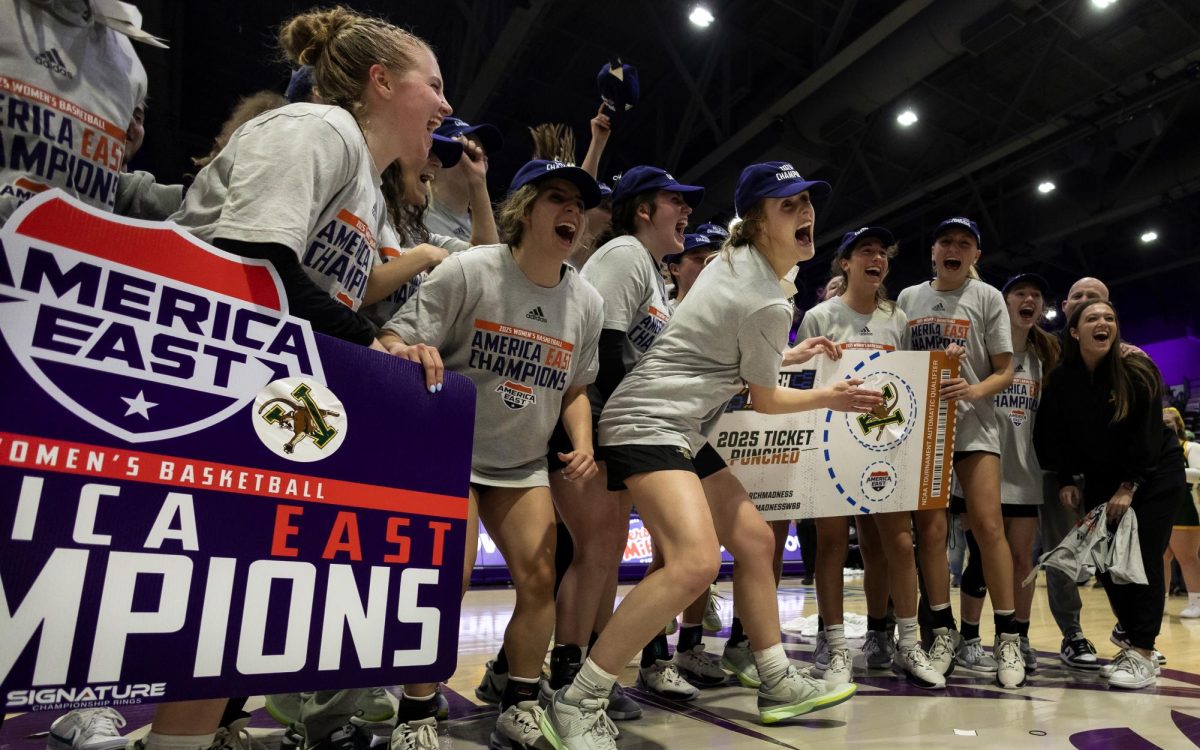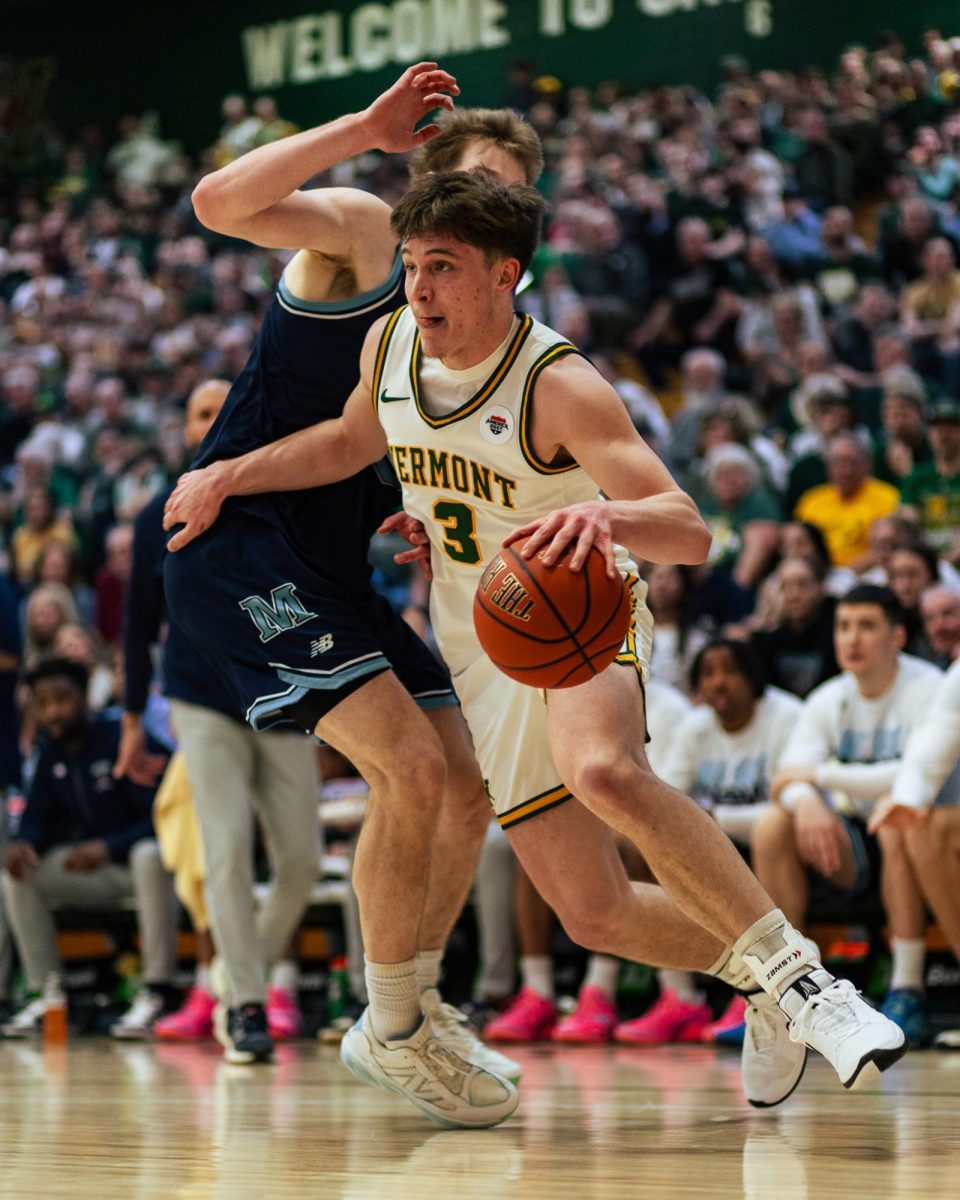In the wake of another controversial book chronicling the discrepancies between student-athletes and non-athletes in elite liberal arts institutions, attention is once again being focused on Middlebury’s admissions policies.
“Reclaiming the Game”, the follow-up to the ground-breaking “The Game of Life”, by William G. Bowen and Sarah A. Levin, takes an in-depth look at the place of athletics in the highly selective Ivy League and NESCAC schools. The original book, published in 2000, turned a critical eye toward recruitment policies and selective admissions processes for student-athletes for a number of highly selective academic institutions throughout the country. The book’s conclusions were so incendiary – compiling reams of information demonstrating a systematic bias toward admitting athletes despite sub-par academic performance – that they touched off a reform movement among the high-powered NESCAC colleges. Middlebury and its sister schools contracted Bowen, former president of Princeton University and current head of the Andrew W. Mellon Foundation, to conduct a comprehensive audit of their admissions practices. The investigation, published in October 2001, indicated a steadily widening gulf was forming between the scholastic achievements of athletes versus non-athletes in the 11 schools.
In response to this disturbing trend Middlebury hastily promised to reduce the number of marginally qualified student-athletes by up to 10 percent by 2006. In an interview with The Campus several weeks ago, Athletic Director Russ Reilly conceded that the reaction to “The Game of Life” “certainly speeded things up, but we had already realized that perhaps we had tilted the balance a little more than it should have been.” Reilly, however, also suggested that the book painted too broad a picture of the problems of student athletics.
“Reclaiming the Game” picks up where the first installment left off uses the information culled from Bowen’s NESCAC investigation, along with similar statistics from the Ivy League, to create a fuller and more textured response to the questions raised by “The Game of Life.” The authors made use of statistics from the graduating Class of 1999, whereas their previous book had no information past 1989. It explores only the Ivy League and the small liberal arts colleges that make NESCAC and presents not just conclusions but a full panel of proposed reforms to amend the problems it describes.
The book observes that due to their small size, liberal arts colleges like Middlebury are disproportionately affected by athletic recruitment compared to large universities. An 80-person football program may not make much of a dent at a school with 10,000 undergraduates, but it forms a notable percentage at a 2,000 person college.
“There’s no question that in order to field a football team you need to show admissions preference,” said Dean of Enrollment Planning Mike
Schoenfeld. Bowen and Levin noted that 43 percent of male students at NESCAC schools are athletes, compared to just 25 percent in Ivy League universities.
“Recruited athletes arrive on campuses with substantially lower SAT scores than their fellow athletes and other students,” wrote the authors in an essay in last week’s The Chronicle Review. “Recruited high-profile athletes (men playing football, basketball, and hockey) had SAT scores more than 100 points below those of students at large.” The authors noted both a trend toward increased academic selectivity as a whole, and increased athletic specialization and emphasis on athletic success among athletic programs. These two trends, they suggest, lead to a dangerous split between athletes and non-athletes.
Middlebury’s role in this controversy continues to evolve. I think if you would have asked us four years ago we would have said the direction of athletic planning was problematic. The trends were troubling,” said Shoenfeld. Since the advent of Bowen’s criticism, however, Middlebury and its NESCAC siblings have moved to “close the gap” between admissions standards for athletes versus non-athletes. “We’re comfortable with the level of progress we’ve had so far,” said Shoenfeld. “We think we’ve made significant progress, we’ll continue with initiatives for further raising the bar. We’re very comfortable with our current athletic recruiting.”
The College has also taken a leading role in reforming Division III athletics on a national scale. In August the Presidents Council of NCAA Division III athletics, working under President McCardell’s leadership, proposed a sweeping reform bill aimed at bringing college athletic programs back in line with the Division III core philosophy. Chief among these proposals is one requiring member institutions to audit their admissions policies for athletes versus non-athletes.
The school, however, is quick to point out that the changes do not constitute a repudiation of their past admissions decisions. “This isn’t about saying that there are people we didn’t want here – we are more concerned with the general trends we were seeing,” said Shoenfeld. “Our athletics will always be strong because we have good programs that have good student athletes led by good coaches and good people. Regardless of what we do with our athletic recruiting, I can’t imagine Middlebury not being competitive.”






